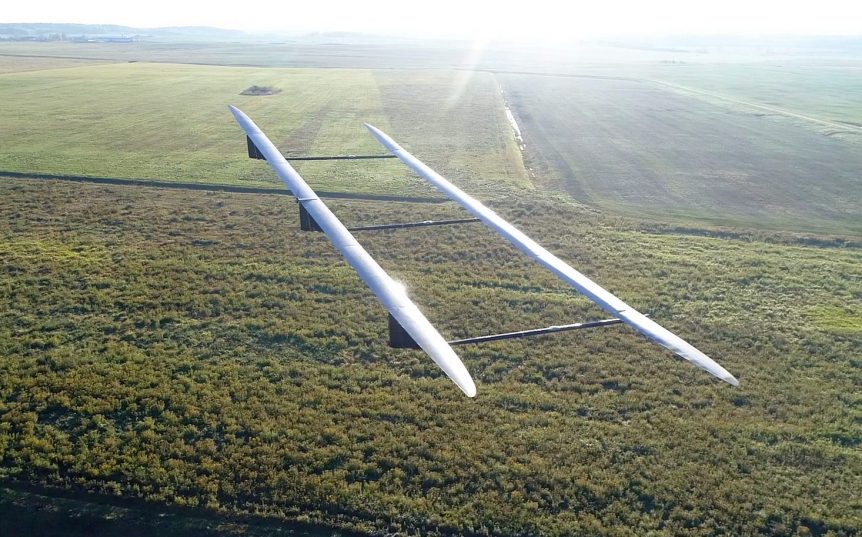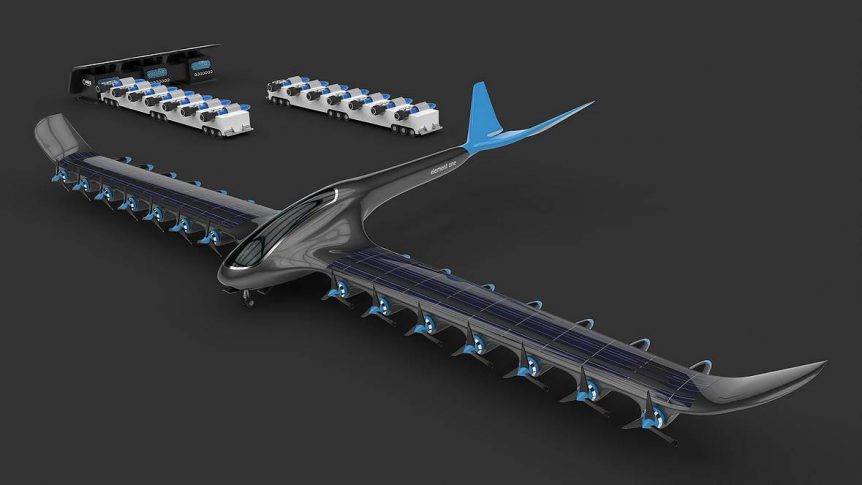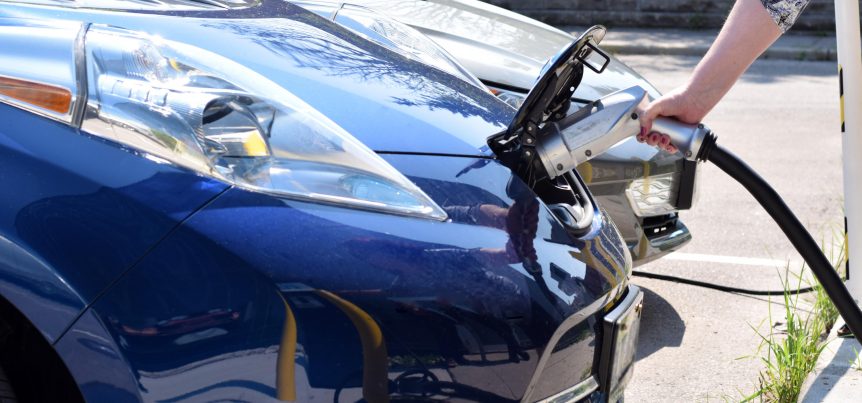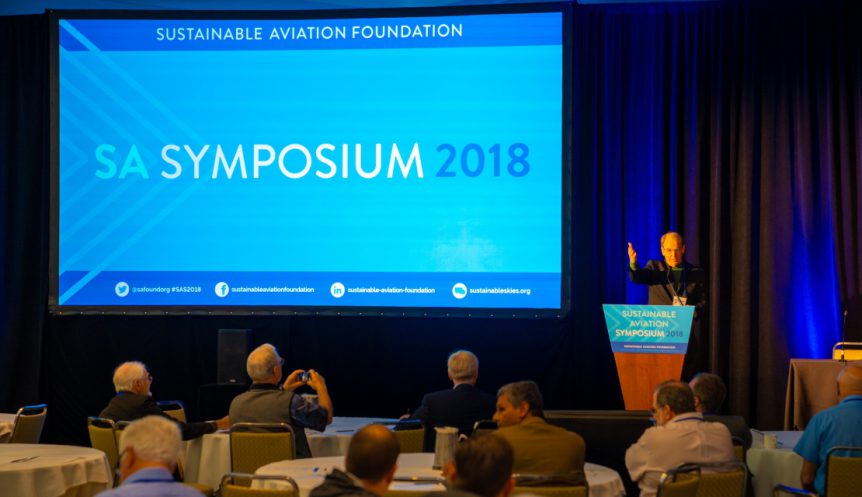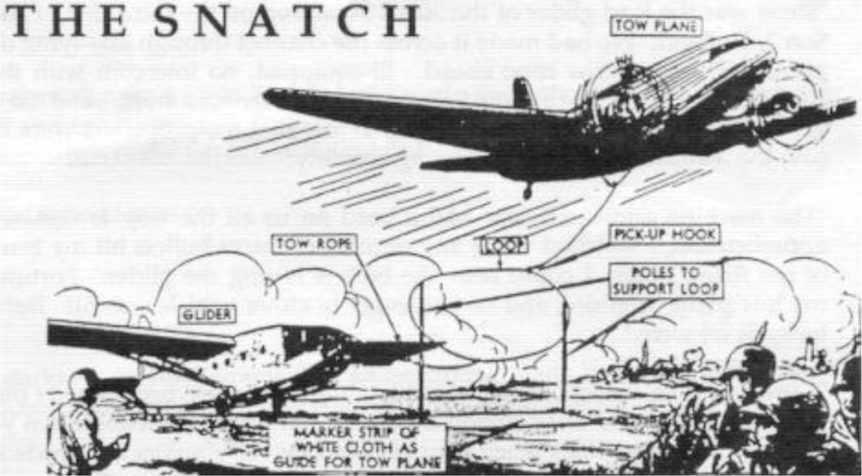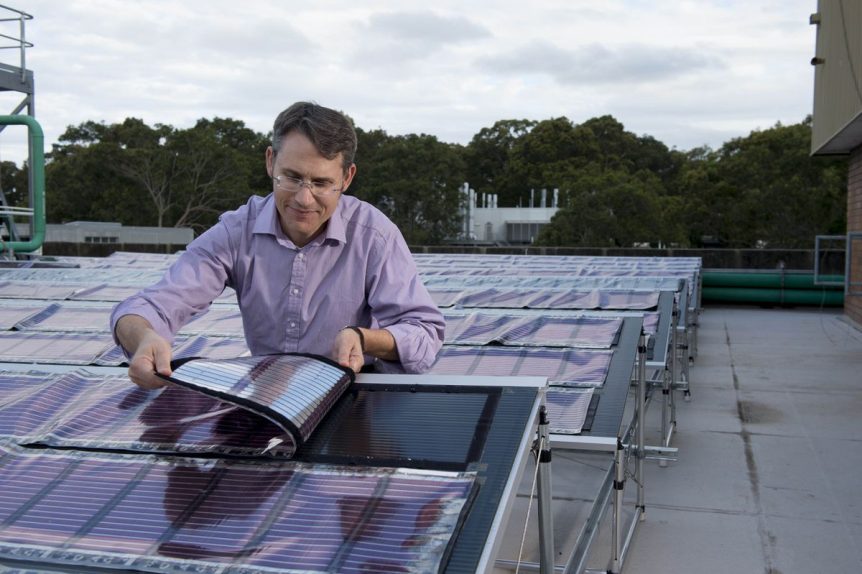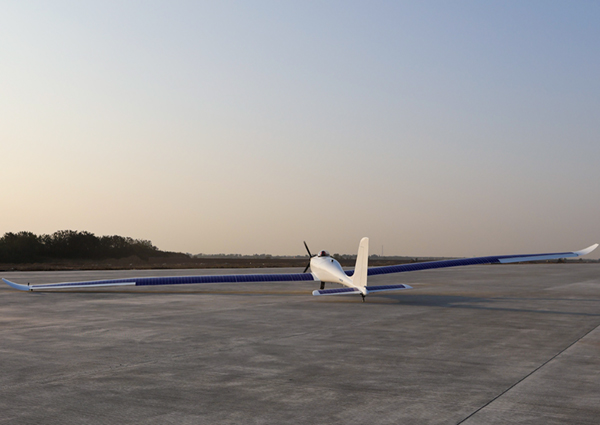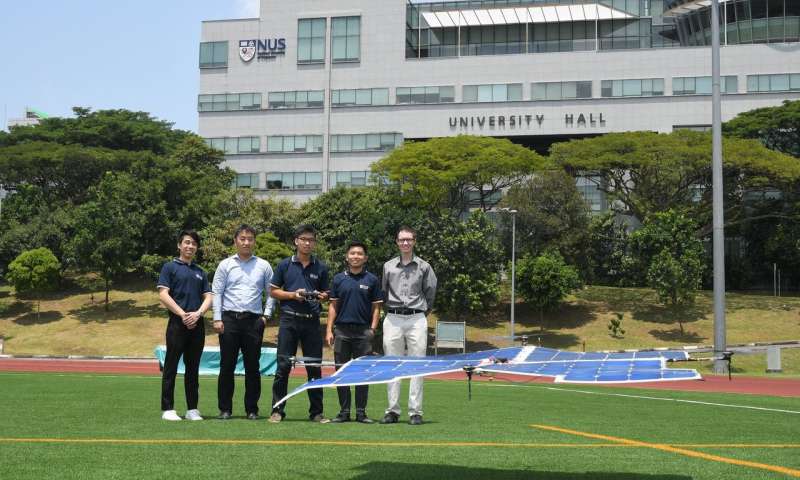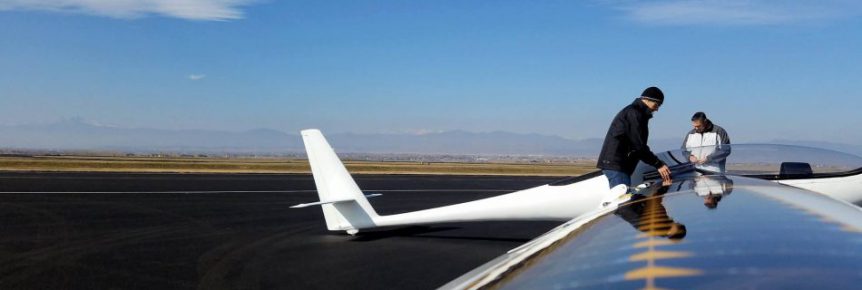UAVOS, located in the midst of surrounding Google properties in Mountain View, California, sells a wide variety of goods and services related to the unpiloted aircraft world. One of their biggest creations so far, the ApusDuo High Altitude Psuedo Satellite (HAPS) ran through a full series of tests. The 10-meter span prototype vehicle will test control algorithms, including takeoffs and landings and verify HAPS aerodynamics. According to UAVOS “Test flights fully confirmed the flight characteristics of the UAV.” This is good news, since their next step will be to make at least a 15-meter wing (49.2 feet) wingspan version. That will rely even more on “Control of roll, pitch, v-shape and slip…due to a controlled change in the angle of attack in particular sections of the wings” employed by the designers. Note the flexibility of the entire airframe during launch and flight. These controls include the visibly tricky interactions of the two slender wings, a rare pair in tandem designed …
HES Element One Could Fly Four 5,000 Kilometers
Horizon Energy Systems (HES), originally based in Singapore, has pursued lightweight hydrogen propulsion systems for the last 12 years, primarily for amall drones. Going larger, the company announced plans today for Element One, “the world’s first regional hydrogen-electric passenger aircraft.” A four-passenger, 14-motored (!) monoplane, Element One will carry the lucky foursome 500 to 5,000 kilometers (310 to 3,100 statute miles). This distributed power system claims “virtually no change to its current drone-scale systems,” which is a little puzzling, considering the largest of such systems produces no more than 1,000 Watts. The scale of the Element One and its power packs is ambiguous, with illustrations showing a nine-axle trailer with attached solar panels ostensibly powering the on-site production of H2. One illustration depicts a drone-launching site with fuel pods possibly approximating the size of the units that will be used on Element One. These are larger and their scale relative to the people in the illustration gives an approximation of …
Lithium-Oxygen Battery Breakthrough
The University of Waterloo (Ontario, Canada – not far from Niagara Falls) News, reported, “Chemists make breakthrough on the road to creating a rechargeable lithium-oxygen battery.” Dr. Linda Nazar, Canada Research Chair in Solid State Energy Materials, led a team that “Resolved two of the most challenging issues surrounding lithium-oxygen batteries, and in the process created a working battery with near 100 per cent coulombic efficiency.” The new work, which appears this week in the journal Science, Proves that four-electron conversion for lithium-oxygen electrochemistry is highly reversible.” Waterloo is the first to achieve this, doubling electron storage in lithium-oxygen (Li-O2 – also known as lithium-air) batteries. The video below touches on this and a great many other chemistries. Dr. Nazar explains, “There are limitations based on thermodynamics. Nevertheless, our work has addressed fundamental issues that people have been trying to resolve for a long time.” As noted in the abstract for the Science paper, when Dr. Nazar and her colleagues …
Sustainable Aviation Symposium – Free on YouTube!
The 2018 Sustainable Aviation Symposium was a master class in aircraft design, electric and hybrid power, and the strategies that will make green flight a reality in our near and distant futures. The considerable knowledge imparted in that gathering is now available for your education and enlightenment on YouTube. Better than (Most) Cat Videos Go here to see the entire 2018 Symposium program, complete with links to a video of each speaker’s talk. Or go here for the library of presentations on YouTube. Either link provides high-quality video of the 20 presentations from this year’s Sustainable Aviation Symposium. You will see all the slides in each presentation and hear each presenter’s eloquent exposition. These range from the simplest of garage-based projects (your editor’s attempt to build the world’s cheapest electric airplane) to far-ranging inquiries into the real-world blessings and possible consequences of having an aerial armada of commuter vehicles hovering over our cities. Like potato chips or peanuts, you probably …
Jetstream Cargo Gliders – Colorado to China in Three Days
Just as Richard Starke was explaining to Experimental Soaring Association attendees at this year’s Western Workshop how his proposed stratospheric cargo glider program would work, some multi-tasker checking his tablet shouted, “Perlan’s reached 76,000 feet!” Richard’s concept of launching cargo gliders that would ride the jet stream between continents was suddenly validated before an audience that a few minutes before might have been dazzled and even skeptical of his proposal. Perlan’s tows behind the recently recruited Grob Egret turboprop towplane made 10,000 feet in 10 minutes a time-to-climb reality, and tows to 40,000 feet allowed rapid exploration of developing air masses over the Patagonian mountains. The idea of flying large, cargo-carrying gliders goes back to at least Word War Two, with flotillas of Waco CG-4s and British Horsas descending on the French mainland on D-Day. The Russians even had a glider large enough to carry a tank into battle. Hawley Bowlus, who had been in on the design of the …
Print ‘Em and Stick ‘Em Solar Cells
University of Newcastle (UON) researchers may have achieved a breakthrough in creating solar cells on flexible plastic made in a roll-to-roll process with an unbelievably low price and equally incredible sensitivity. They seem to have succeeded where an American firm failed half a decade ago. Printed solar cells were first attempted about a decade ago, with Konarka trying to make solar cells on simple ink-jet printers. The company failed, despite having a Nobel Prize winner and other top physicist and chemists overseeing the process. The “cells” never achieved more than about four- or five-percent efficiency and their plastic substrate deteriorated rapidly. Today, The University of Newcastle in New South Wales, Australia, and CHEP, a client firm, are displaying their thin-cell, recyclable plastic solar film that can be stuck to things with double-sided tape. Used initially to monitor response to different solar conditions, the recently-installed film shows some highly-desirable characteristics. Professor Paul Dastoor claims, “Our printed solar solution continues to function …
Elektra Solar Launches HALE with Autonomous Control
Dr. Birgit Weißenbach of Elektra Solar GmbH and PC-Aero announced “The world’s strongest multifunctional solar-electric HALE aerial vehicle – the Elektra Two Solar: [with] “Take-off, flight and tough-down” successfully completed with [its] own autopilot system We usually think of HALE (High Altitude Long Endurance) aircraft as being huge, sun-eclipsing things like AeroVironment’s flying wings or Boeing’s Phantom Eye. These require large support systems and ground crews, much like the team that chased Solar Impulse around the world. Elektra Solar GmbH, a joint venture combining PC-Aero GmbH and Elektra UAS GmbH, uses aircraft designed by Calin Gologen, head of PC-Aero, and computer technology from Dr. Ing. Habil. Konstantin Kondak. Since October, 2009 he headed a key research area, Flying Robots at DLR’s Institute of Robotics and Mechatronics in Oberpfaffenhofen near Munich. Their collaboration led to two svelte HALEs, the smaller Elektra One Solar (a veteran of a solar-powered Alpine crossing) and the larger Elektra Two Solar. This airplane is also the …
BioLEC – First There was Light, Then There Was Energy
Feature image credit: Victor Tangermann Futurism ponders, “Sugar, Light, And A New Type of Chemistry — What It May Take To Wean Us Off Fossil Fuels” in an article by Dan Robitzki. The topic brings a new term into your editor’s vocabulary – BioLEC – Bioinspired Light Escalated Chemistry. The goal of such chemistry is to use the energy of two photons, “the tiniest quantifiable units of light, to power chemical reactions.” This takes us into how trees and other photosynthesizing plants use quantum theory to make things grow. Trees Have Been Doing it For Years It’s a bit odd to think of trees and quantum physics in the same sentence. Your editor used to think of sunlight striking leaves and chemistry taking place in a leisurely way inside while the tree or bush grew. It turns out that things take place at light speed inside the tree, with quantum activity in abundance. Outdoing Mother Nature? Researchers have tried to …
Solar-Only Quadrotor in Singapore
In their latest adventure in derring-do, a team from the National University of Singapore (NUS) Faculty of Engineering has developed and flown Asia’s first fully solar-powered quadcopter drone. A large framework holds the solar cells, which are the sole means of powering the craft’s four motors. Developers have flown the big square above 10 meters in test flights and achieved controllable flight without the use of batteries. Frogworks Snowstorm This is just the latest in a series of aeronautical exploits by NUS students. In late 2015, they unveiled their Frogworks Snowstorm, a 24-rotor person carrier powered by 2.2 kilowatt (2.94 horsepower) motors driving 76-centimeter (30-inch) propellers. New Asia reported that, “At the London edition of technology event Founders Forum this month, [the Frogworks team] did not imagine that Prince William would end up showing interest in it.” His Royal Highness “spent half an hour sitting in the machine, trying out the controls and talking to the team, according to a …
“StratoAirNet” Prototype Completes 1st Flight
George E. Bye. CEO and founder of Bye Aerospace, is on a roll these days, selling a large number of SunFlyer 2 training aircraft, delivering Silent Falcon solar electric unmanned aerial vehicles (UAVs), partnering in the TriFan 600 project with XTI Aircraft, and overseeing the first flight of the StratoAirNet prototype. A letter from Diane Simard, Senior Vice President of Bye Aerospace, Inc., reports “the successful completion of the first flight of the solar electric technology demonstrator prototype for its “StratoAirNet” and “Solesa” families of medium-altitude aircraft systems.” Flying from the Northern Colorado Regional Airport, north of Loveland, the sailplane-based optionally-piloted vehicle has made additional flights since its maiden outing. Bye expressed happiness at the event and gave thanks to those who made it possible. “It was a great day for solar-electric aviation. My thanks to our entire team for their persistence and extra efforts to achieve this milestone. I would also like to thank the professionals at Northern Colorado …

